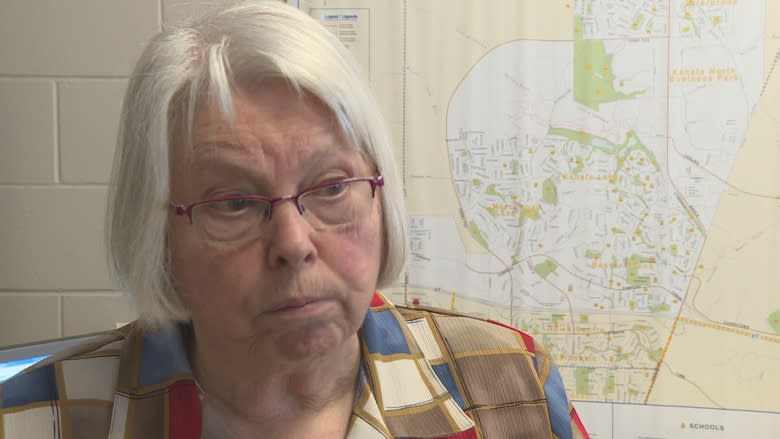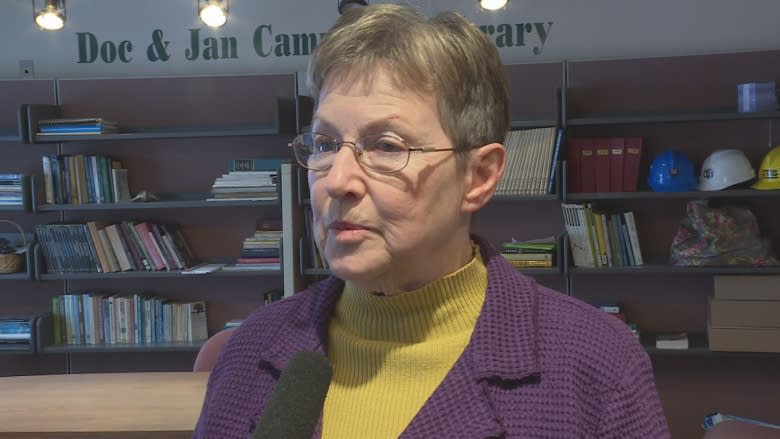Cutting trees to protect turtle threatens other animals, say wildlife advocates
Conservationists in Ottawa are upset the work of a Kanata developer to protect one species of animal could end up threatening a whole host of habitats for wintering creatures.
Kanata North Lands Development (KLN) began felling trees earlier this month to make way for turtle fencing around an area slated for urban development in the South March Highlands.
The fencing is a permit requirement by the province before any construction can begin, a requirement aimed specifically at preserving the Blanding's turtle, a threatened species.
The work must be completed by March 15, said Kanata North councillor Marianne Wilkinson.
"They had to cut the trees so they could put up the fence," said Wilkinson. Wilkinson said KLN is installing the four-foot-high turtle fence to keep Blanding's turtles out of the area planned for development. Culverts were also built under roads nearby to allow the creatures to move more freely.
"The large mammals tend to move well. The deer and the coyotes and things like that. But the small animals are the problem that you have in doing a development like this," said Wilkinson.
Worst time of year, say wildlife proponents
Wildlife proponents started an online petition criticizing the impact the tree cutting could have on animals living on the more than 80 hectares of land, particularly during the winter months.
"There's no good time of the year, but the absolute worst time of the year is winter and during spring and early summer birthing seasons," said Donna DuBreuil, president of the Ottawa-Carleton Wildlife Centre.
"There are animals underground that are hibernating or very inactive. It's also going to displace animals without leaving them any chance of a home, or a denning site, for the winter. So animals will freeze or starve to death," she said.
Wilkinson admits the timing of the project isn't ideal, but she says efforts were made to try and get the work done before the winter season began.
"It's not when I wanted to get it done. I had actually tried to get the province to get the permit to [KNL] earlier in the year so they could cut before winter. And they were ready to do that. But they didn't get the permit until well into November."
Wilkinson said if tree cutters encounter an injured animal they have been instructed to bring it to a veterinarian.
City biologists also visit the area once or twice a week to make sure the work being done doesn't harm animals. Wilkinson said so far workers at the site have not found any injured or dead animals,
A number of conservation groups said they are planning to present their petition to the mayor at city hall on Monday.



